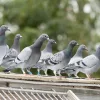
Upper Respiratory Infections in Racing Pigeons
Understanding Upper Respiratory Infections in Racing Pigeons
Racing pigeons are remarkable athletes, but their performance can be severely hindered by health issues, particularly upper respiratory infections (URIs). These infections, often caused by pathogens like Mycoplasma and Chlamydia, or exacerbated by environmental factors such as dust, can lead to symptoms like blocked nostrils, sneezing, and watery eyes. Understanding the causes, symptoms, and treatments of URIs is crucial for maintaining the health and performance of your racing pigeons.
What Are Upper Respiratory Infections in Pigeons?
Upper respiratory infections in pigeons affect the nasal passages, sinuses, and upper airways. They can be caused by bacterial pathogens, viruses, or environmental irritants. The most common bacterial culprits are Mycoplasma gallisepticum and Chlamydia psittaci.
Causes of Upper Respiratory Infections
1. Mycoplasma gallisepticum
Mycoplasma gallisepticum is a bacterial pathogen that causes chronic respiratory disease in pigeons. It is highly contagious and can spread rapidly through a loft. Infections often occur when birds are stressed, such as during racing or breeding seasons.
2. Chlamydia psittaci
Chlamydia psittaci, the causative agent of ornithosis, is another bacterial pathogen that affects pigeons. It has a complex lifecycle and can persist in the environment, making eradication challenging.
3. Environmental Factors
Poor loft ventilation and high levels of dust can irritate the respiratory tract, making pigeons more susceptible to infections. Dust can carry proteins from droppings and feathers, as well as mold spores, all of which can compromise respiratory health.
Symptoms of Upper Respiratory Infections
Identifying the symptoms of URIs early can help prevent the spread of infection and reduce the severity of the disease. Common symptoms include:
-
Blocked or crusty nostrils
-
Sneezing
-
Watery or swollen eyes
-
Nasal discharge
-
Coughing or wheezing
-
Reduced flight performance
-
Lethargy
Diagnosing Upper Respiratory Infections
Accurate diagnosis is essential for effective treatment. Laboratory testing, including PCR and microscopic examination, can confirm the presence of Mycoplasma or Chlamydia infections. It’s important to consult with a veterinarian experienced in avian medicine to obtain a definitive diagnosis.
Treatment Options
Antibiotics
Specific antibiotics are effective against Mycoplasma and Chlamydia infections. Doxycycline is commonly used to treat both pathogens. A typical dosage is 5 grams per liter of drinking water for 5-7 consecutive days.
Combining doxycycline with tylosin (Doxy-Tyl) can enhance treatment efficacy. A recommended dosage is 1 teaspoon (5 grams) per gallon of drinking water for 5-7 days.
Supportive Care
In addition to antibiotics, supportive care is crucial:
-
Ensure adequate hydration
-
Provide a balanced diet rich in vitamins and minerals
-
Minimize stress by maintaining a calm environment
Preventing Upper Respiratory Infections
Improve Loft Ventilation
Proper ventilation reduces the accumulation of dust and ammonia, both of which can irritate the respiratory tract. Design your loft to allow fresh air to enter from the floor and exit through the roof, avoiding direct drafts.
Reduce Dust Levels
Regular cleaning of the loft, including scraping droppings and removing old feathers, helps minimize dust. Providing regular baths for pigeons can also help keep dust levels down.
Quarantine New Birds
Before introducing new pigeons to your loft, quarantine them for at least two weeks to monitor for signs of illness. This practice helps prevent the introduction of pathogens to your existing flock.
Conclusion
Upper respiratory infections are a significant concern for racing pigeon enthusiasts. Understanding the causes, recognizing the symptoms, and implementing effective treatment and prevention strategies are essential for maintaining the health and performance of your birds. By ensuring proper loft conditions and prompt medical intervention when needed, you can help your pigeons breathe easy and race to their full potential.


